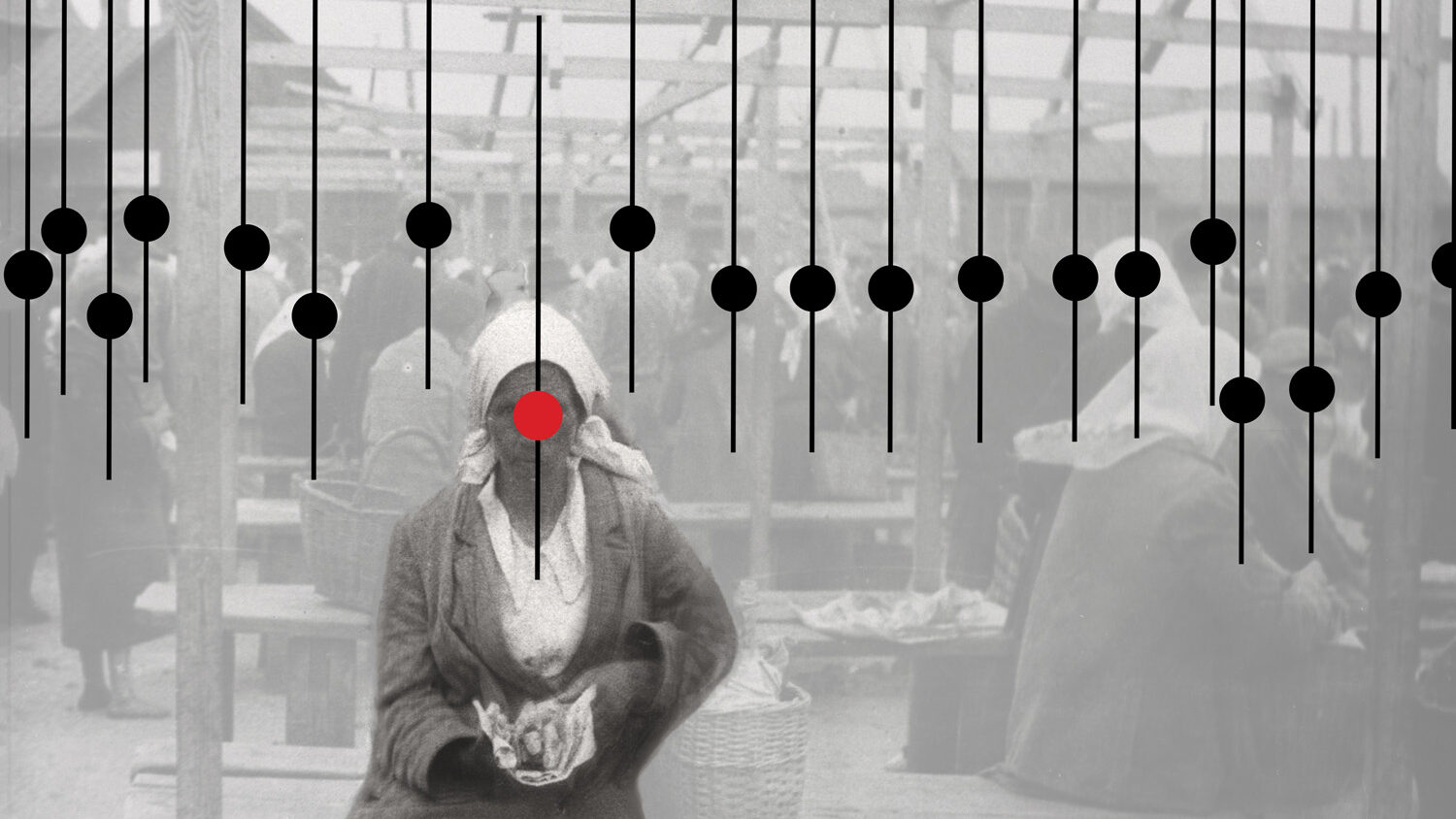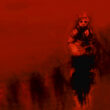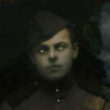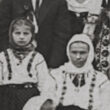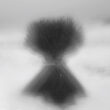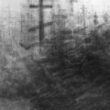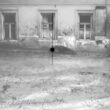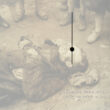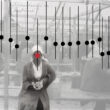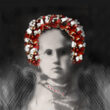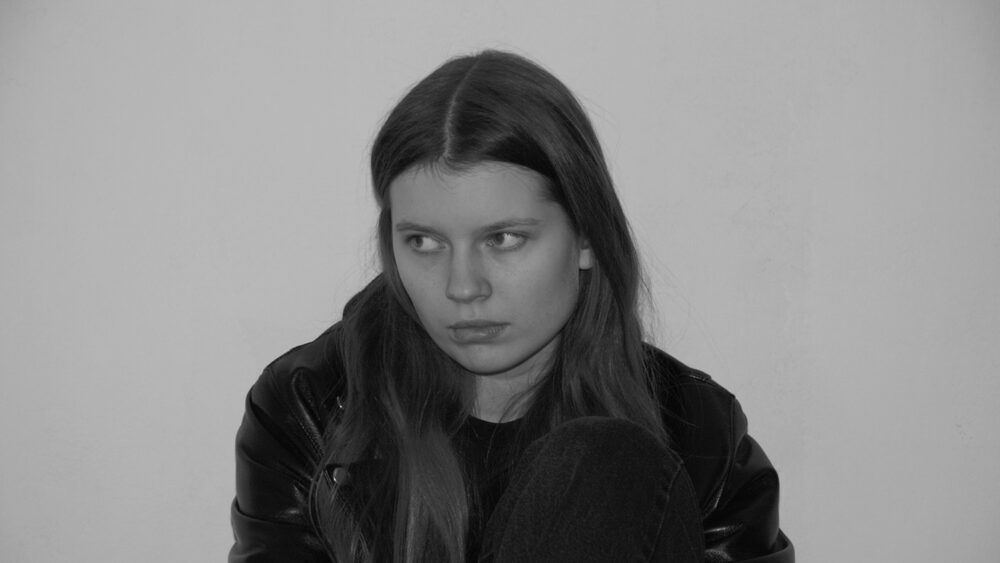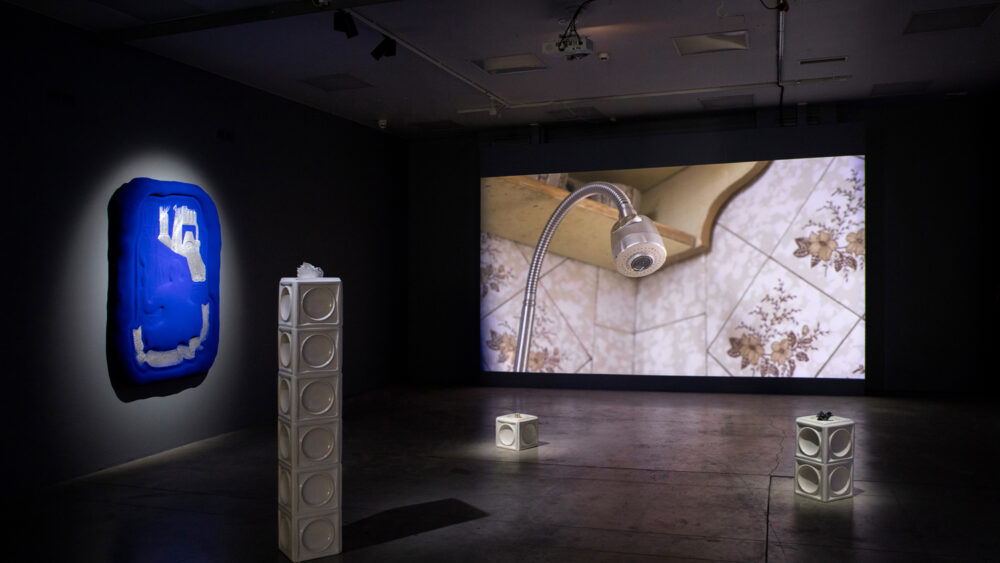Maria
Project Maria, hailed by the National Holodomor Genocide Museum (Kyiv, Ukraine) as the most famous exhibition on the 1932-33 famine-genocide in Soviet Ukraine, is the creation of Canadian artist Lesia Maruschak. This mobile multimedia installation includes artwork, film, performance, and lectures. Since its conception in 2018, Project Maria has won multiple international awards and been exhibited in over nine countries, and will embark on a four-city tour of Ukraine in 2022-23.
Project Maria was inspired by a single vernacular photograph of a young girl, Maria F., who survived the Holodomor and currently resides in Canada. Holodomor refers to the famine manufactured by Soviet policies during their occupation of Ukraine which, despite an estimated death toll of over four million, remains largely ignored in the context of global genocides. Canada has the world’s third-largest population of people of Ukrainian descent, and thus is home to countless members of the Ukrainian diaspora who continue to mourn this largely unwritten atrocity, and carry a legacy of descendant trauma.
Maruschak created this memorial to educate, enact social change, promote democratic values, and confer legitimacy across national, religious, and cultural borders. This work is a crucial step in healing the wounds inflicted by the Holodomor, providing a platform for confronting the truth about this horrific event. Although many decades have since passed and the Soviet Union has since dissolved, Russia’s invasion of Ukraine highlights the relevance of this work, pointing to the importance of spreading awareness about the Holodomor and the disastrous, lasting implications of genocide and a nation whose sovereignty is threatened.
Lesia Maruschak (1961) currently works and lives between Alvena and Ottawa. She holds a MA from the University of Saskatchewan, and a MBA from the University of Ottawa. Maruschak is currently completing two books concerning Canada’s first world war internment operations supported by grants from the Canada First World War Internment Recognition Endowment Council, the Franko Foundation, the Wasylyk Foundation and the Ukrainian Credit Union Ltd.
